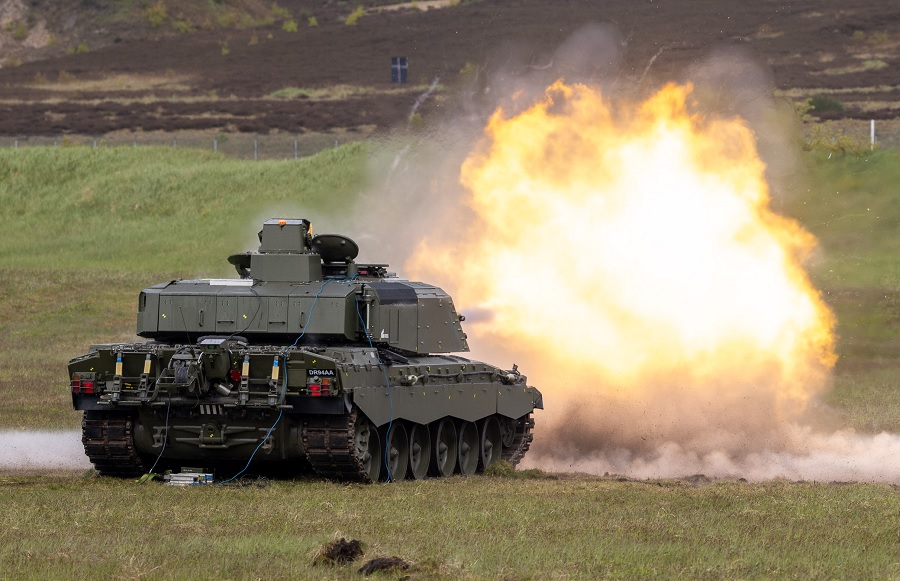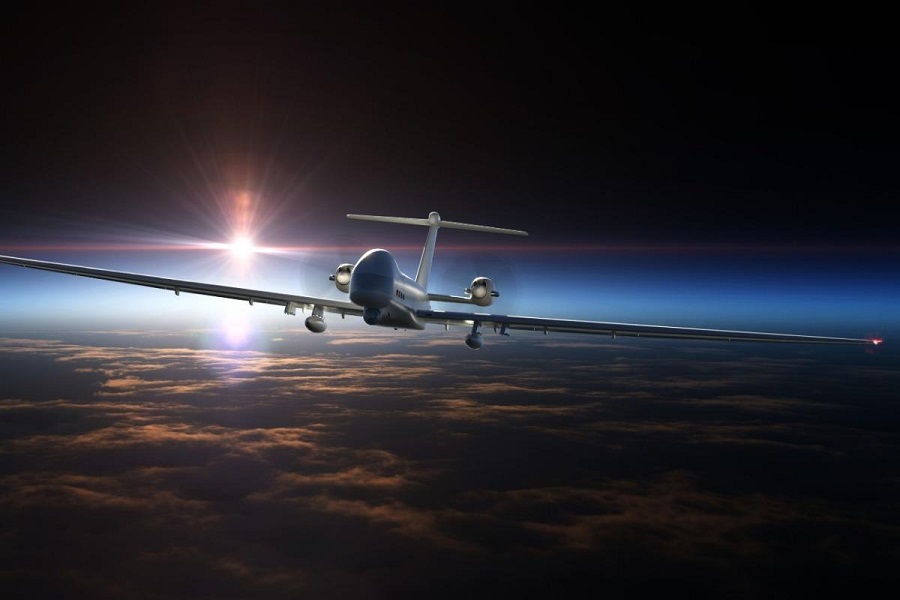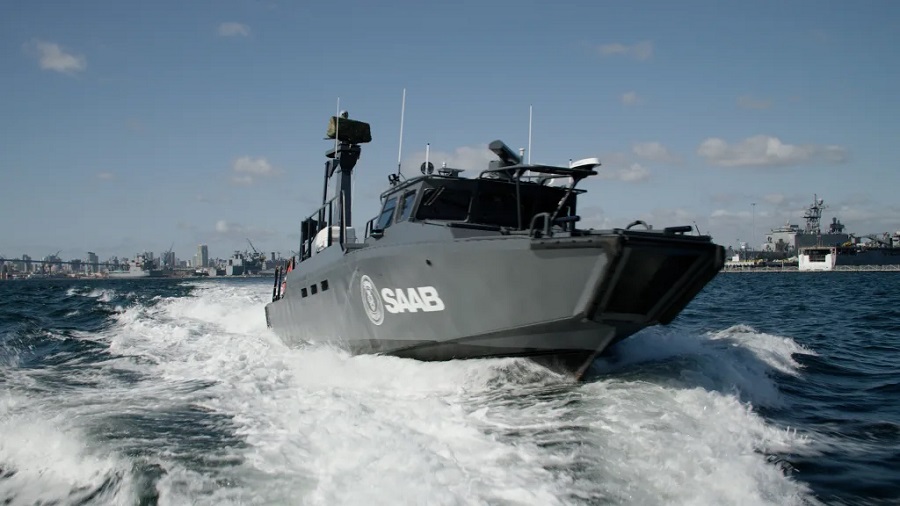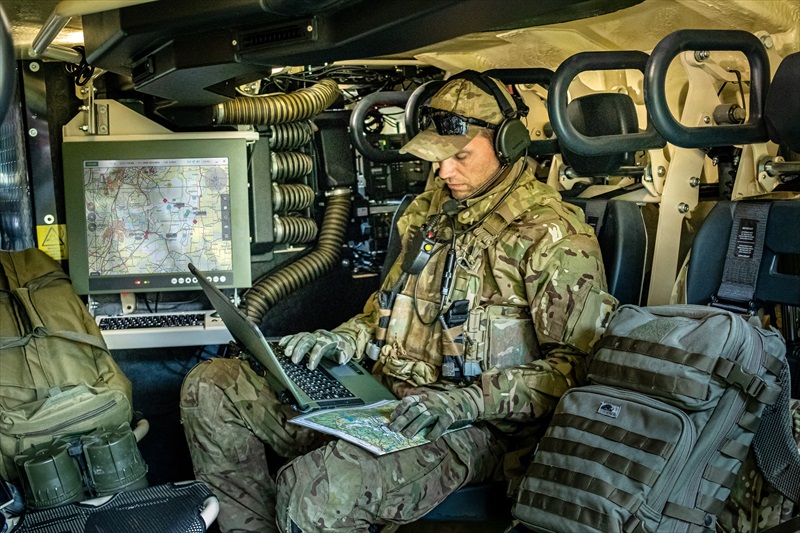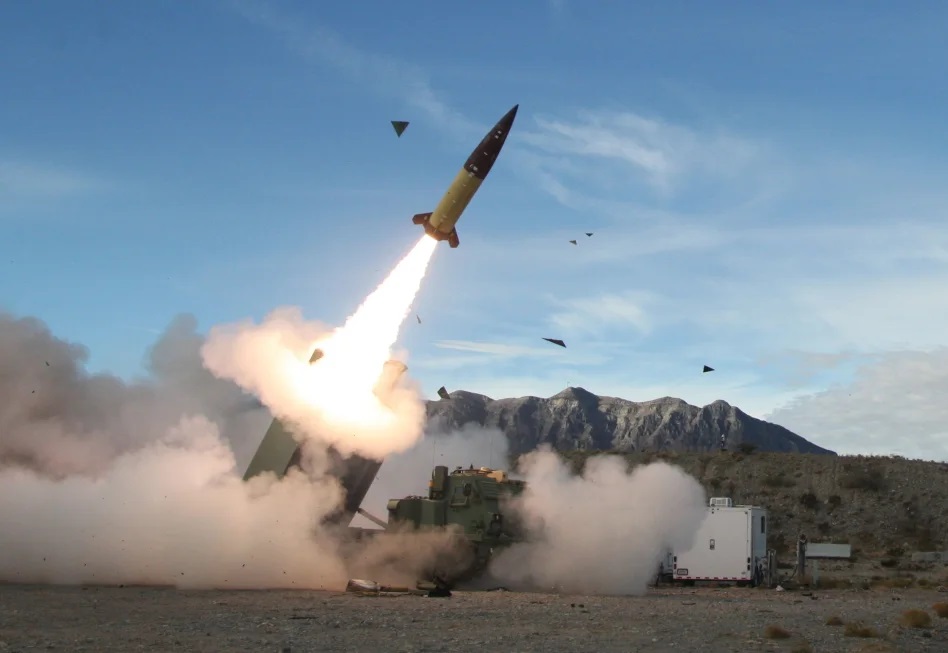This is an important step towards the development of a drift-free inertial navigation system exploiting the quantum advantage. The results have been published in the journal Science Advances.
An inertial navigation sensor must provide continuous signals at high rates and maintain its accuracy and sensitivity over long periods of time. If current navigation sensors offer high performance, they drift over a certain period of time. Quantum sensors are extremely accurate and robust, but they have inherent dead time during measurements and have a reduced operating dynamic. By combining these two technologies – and the respective expertise of the two academic and industrial partners – the iXAtom team has developed the first hybrid and multidimensional quantum inertial sensor. This sensor provides a continuous signal at the rate (bandwidth) of the classical sensor, but with an accuracy 50 times better, thanks to an in situ and real time calibration provided by the quantum measurement.

To develop this sensor, the iXAtom team used atoms cooled to a few millionths of degrees in free fall within a vacuum chamber. These atoms form an inertial reference that is compared, by atomic interferometry, to the movement of three reference mirrors that define the three orthogonal directions of a triad of laser beams used for the measurement. On each mirror, a mechanical accelerometer is rigidly fixed to realize the hybridization. It is the first quantum sensor that does not require a precise alignment according to a predefined measurement direction, since it determines the direction of the measured acceleration by itself.
The architecture is based on a minimum number of laser beams, compactness being a key parameter for future deployments of these sensors in real conditions. This marks an important step forward the development of inertial navigation systems using quantum technologies, that could completely overcome the need for navigation systems to recalibrate using external signals such as GNSS.







